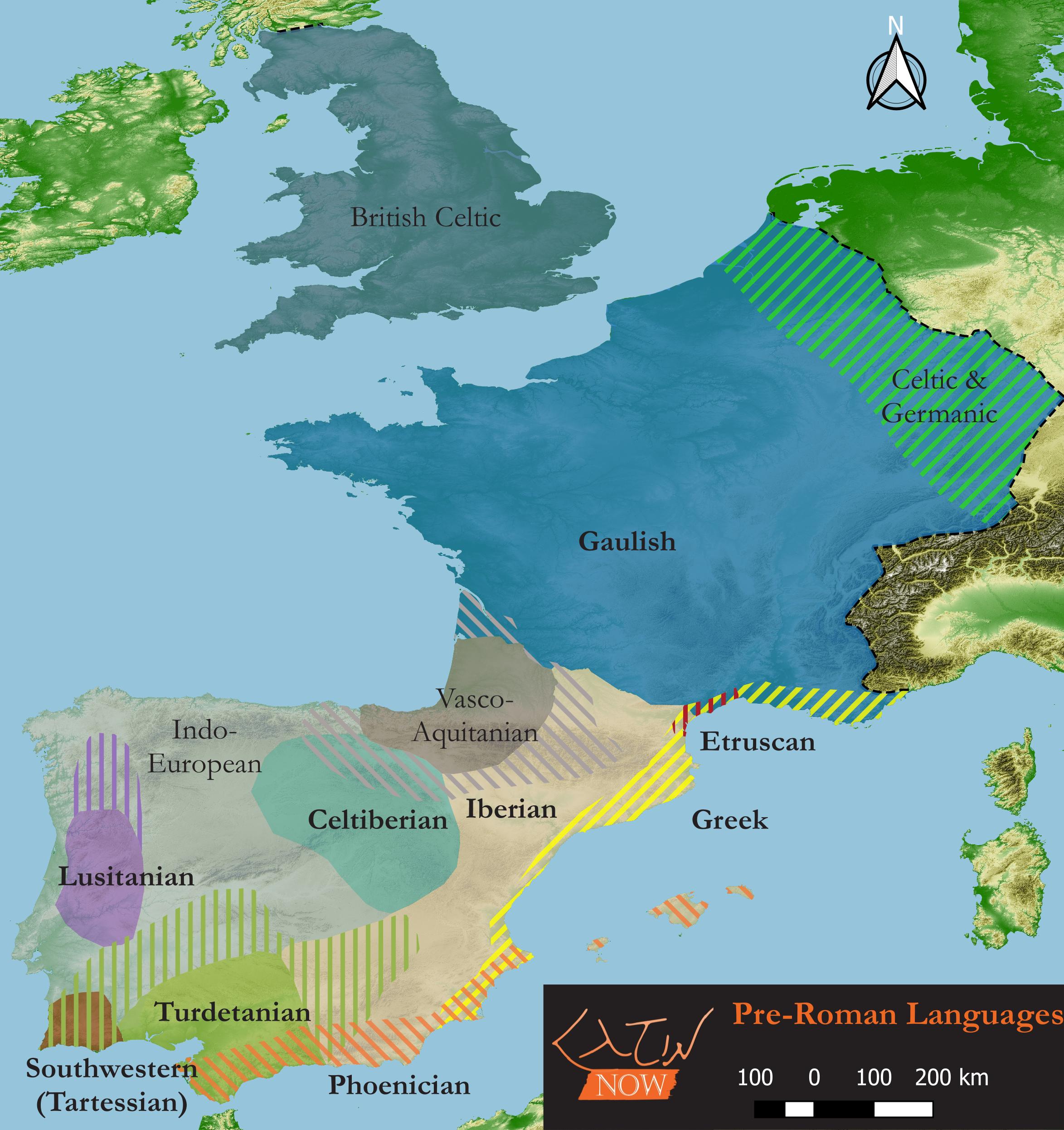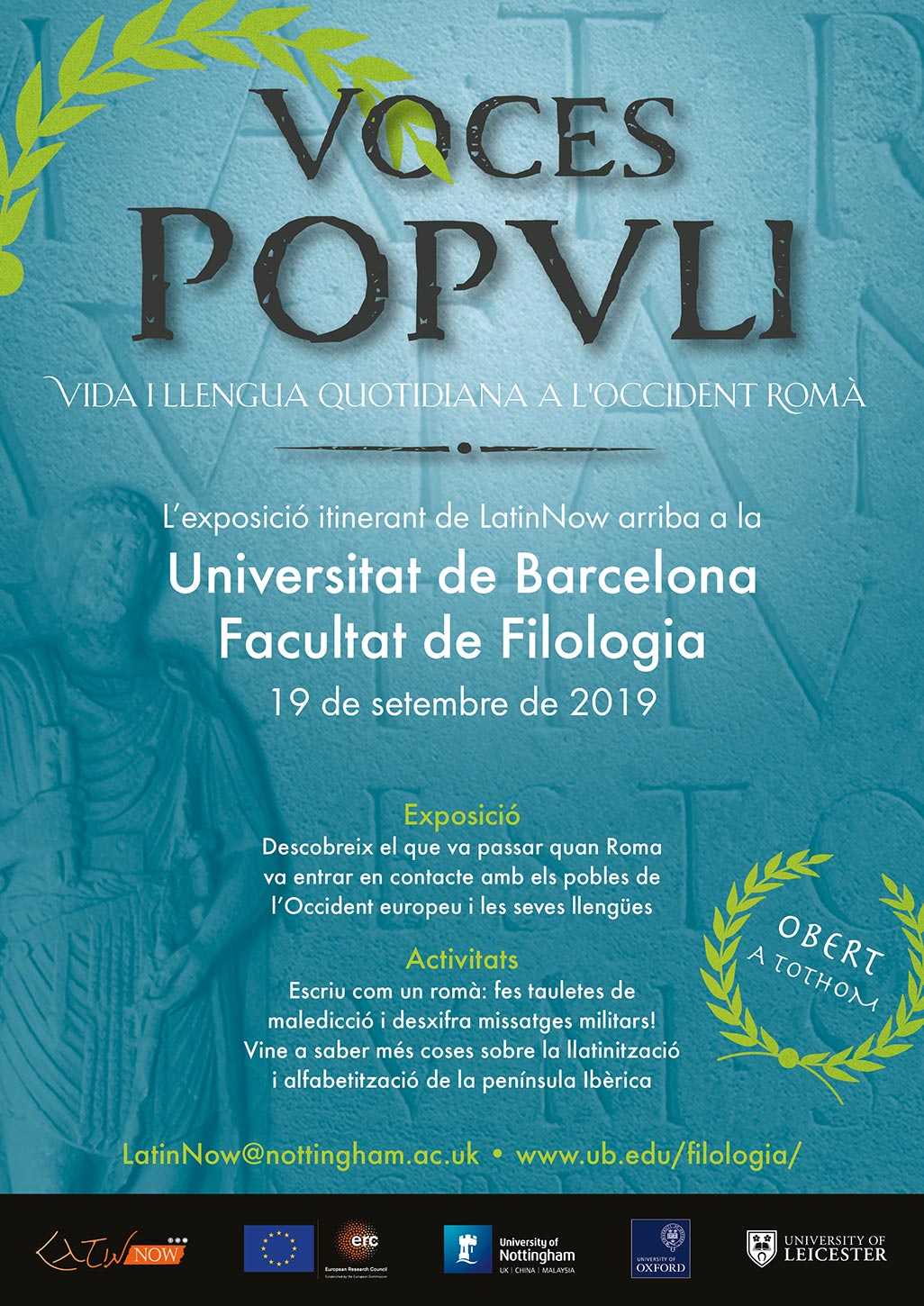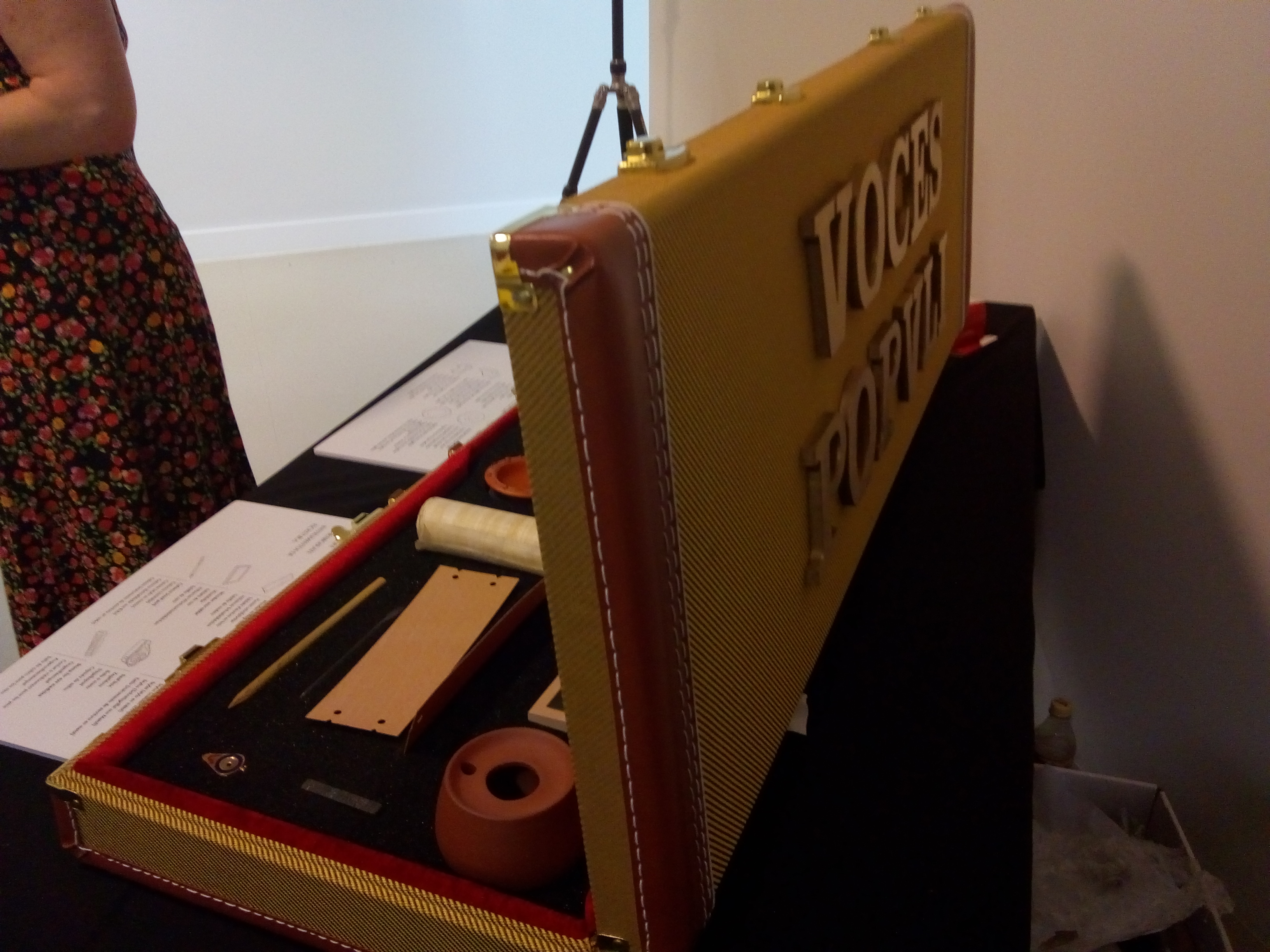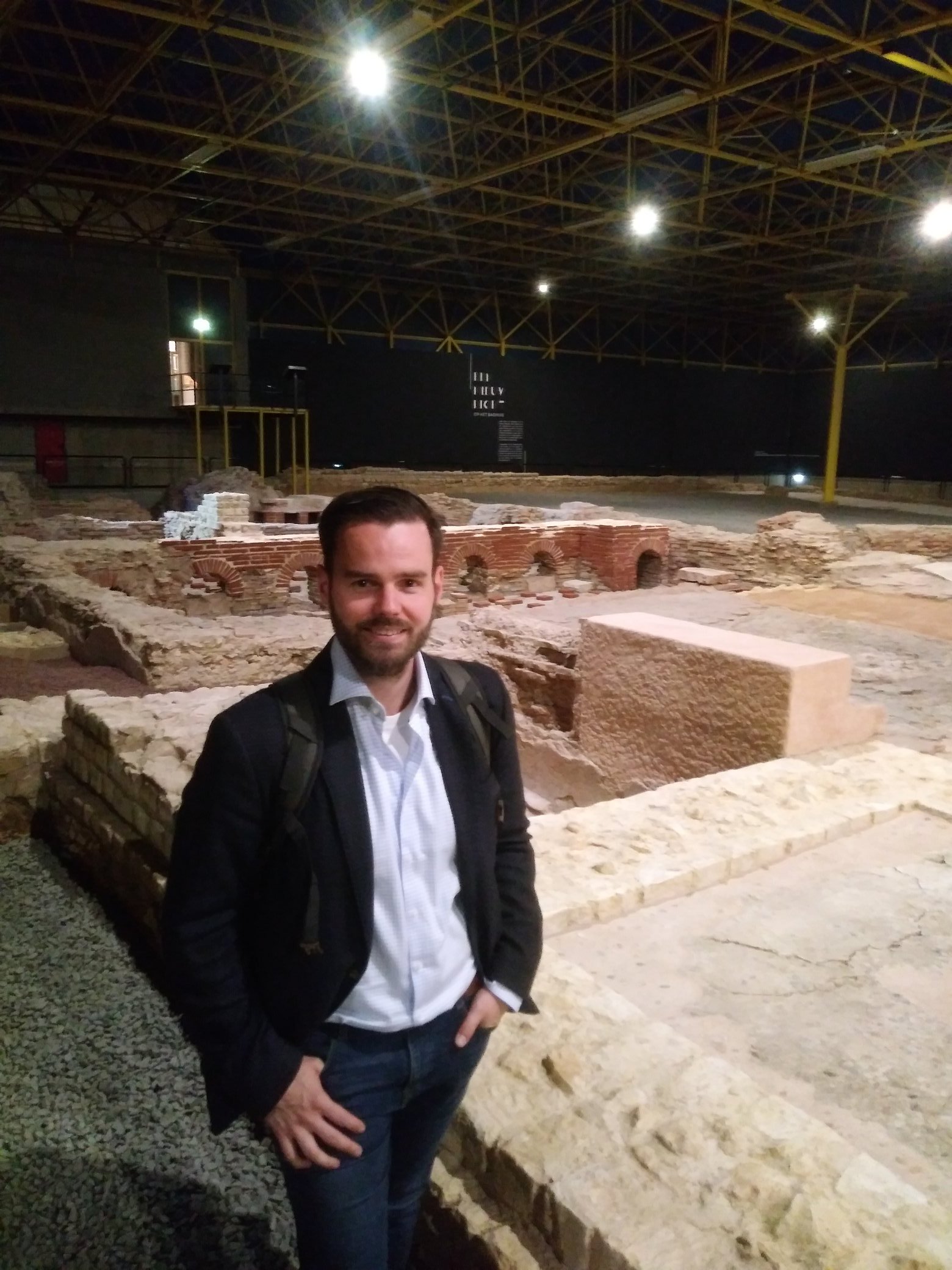By Alex Mullen

Preparing our European tour has been much harder work than I could ever have imagined! However, the tour has already proved rewarding, and it hasn’t even begun yet. Our first event is in Pamplona on the 16th September.
Even choosing the name of the tour was tricky. We needed something that would work across all 6 countries (Spain, France, Switzerland, Germany, Belgium, the Netherlands) without having to be translated, that captured the essence of what we are attempting to do, that was catchy… We opted for a simple Latin phrase on the grounds that in itself it made a point about how successful that language had become: not only is it the base of all the Romance languages, but is used in non-Romance speaking areas in vocabulary that has been borrowed or coined over the millennia, including the present day. VOCES POPVLI evokes the multiple voices of the Roman world – voces – and pushes the populations of that world to the fore – populi (and avoids the political connotations of the singular Vox Populi). As the strap line emphasises – Life and languages in the Roman West – we are interested in what happens when Latin rubs up against all the local languages in the context of the lived experiences of real people.

Map of pre-Roman languages in the LatinNow research area. Languages in bold are written, though not all at the same time.
Given the project’s focus on sociolinguistic sensitivity and bi- and multilingualism we realised early on that we had to deliver the tour multilingually. In the end we opted for English, Spanish, Catalan, French, German and Dutch – offering the main language of each of the stops on the tour, plus English as a possible lingua franca for some visitors. It just so happens that with such a large and international team we had native speakers for every language we needed. Even with a fantastic and very patient group of translators, however, making multilingual versions of the display texts, activity worksheets, handling menus, object menus, posters and advertising materials etc. was a MASSIVE undertaking. Whenever a change had to be made to content, it had  to be made 6 times… We often think that we share alphabets in western Europe but there are all sorts of subtle differences, such as the punt volat in Catalan or the inverted punctuation marks in Spanish. Although it was fiddly, the translation process actually helped us to improve the display. When a formulation resisted translation we realised, for example, that it may have been ambiguous or too technical in the English and we went back to the drawing board. We hope that the visitors to the exhibition will appreciate the choice of languages and may find it interesting to compare them side-by-side. These regional differences we see in the linguistic landscape of western Europe are exactly the same kinds of phenomena our project explores in the Roman world: the regional varieties of Latin and the local languages which persisted and visitor languages which appeared through migration made the Roman soundscape complex and fascinating.
to be made 6 times… We often think that we share alphabets in western Europe but there are all sorts of subtle differences, such as the punt volat in Catalan or the inverted punctuation marks in Spanish. Although it was fiddly, the translation process actually helped us to improve the display. When a formulation resisted translation we realised, for example, that it may have been ambiguous or too technical in the English and we went back to the drawing board. We hope that the visitors to the exhibition will appreciate the choice of languages and may find it interesting to compare them side-by-side. These regional differences we see in the linguistic landscape of western Europe are exactly the same kinds of phenomena our project explores in the Roman world: the regional varieties of Latin and the local languages which persisted and visitor languages which appeared through migration made the Roman soundscape complex and fascinating.
At all our stops we are offering hand-on activities. We have a special VOCES POPVLI guitar case full of Roman writing equipment and inscribed objects for handling and we are offering military message decoding and the opportunity to ‘curse like a Roman’ and to put sparkly curses into our Sulis shrine. We’re showing people how to recognize and write their own Old Roman Cursive messages (the form of handwriting used until the third century AD) in whichever language they chose. At two of our tour stops, Millau and Bruges, we are focusing on schools groups only, at most we are open to the general public for at least part of our stay and our pop-up and activities are free and open to all (though some of the museums charge entrance fees). LatinNow team experts will be on hand to enthuse about the objects and our research.
write their own Old Roman Cursive messages (the form of handwriting used until the third century AD) in whichever language they chose. At two of our tour stops, Millau and Bruges, we are focusing on schools groups only, at most we are open to the general public for at least part of our stay and our pop-up and activities are free and open to all (though some of the museums charge entrance fees). LatinNow team experts will be on hand to enthuse about the objects and our research.
This tour is, of course, intimately linked to our research, and we are delighted that through it we have opened various new research opportunities and linked our researchers with collections and local experts. At Heerlen in the Netherlands, for example, LatinNow has joined a research collaboration, and will be collaborating with local experts to read the epigraphy from the area and to work on the evidence for literacy, including writing equipment. Indeed the staff at Heerlen’s Thermenmuseum have prepared their own display on epigraphy and literacy to sit alongside our pop-up. We’d like to express our gratitude to all the contacts in the universities, museums and schools involved in the tour for all their efforts and to Claire Venables from Giraffe Corner making our multilingual materials look so wonderful. You can find out more about the tour objects and our experiences at the tour stops as the tour progresses in future blogs.
LatinNow Post-doc Pieter Houten at Heerlen’s Thermenmuseum

Please do visit us at one of our tour locations, if you can! Details can be found in the Touring Exhibition tab and on our LatinNow Facebook page.